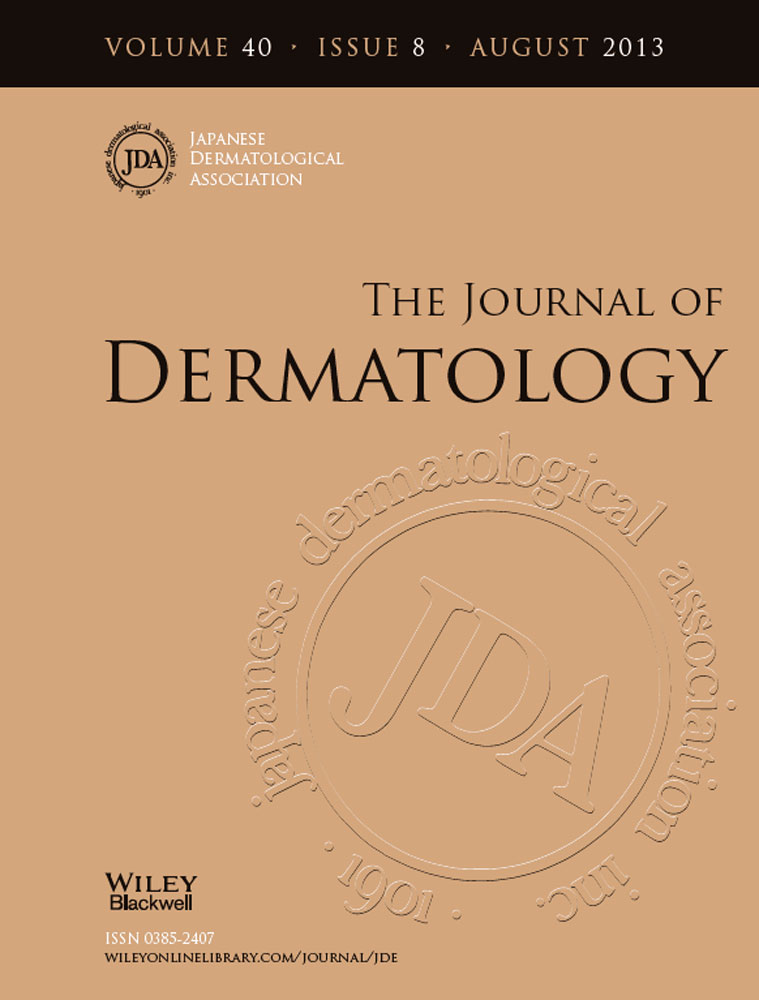Clinicopathological features of mycosis fungoides in patients exposed to Agent Orange during the Vietnam War
Abstract
There are no reports on the clinicopathological features of mycosis fungoides (MF) among veterans exposed to Agent Orange, one of the herbicides used during the Vietnam War. To evaluate the clinical, histopathological and genotypic findings of Vietnam War veterans with MF and a positive history of exposure to Agent Orange, we performed a comparative clinicopathological study between MF patients with a history of Agent Orange exposure and those without a history of Agent Orange exposure. Twelve Vietnam War veterans with MF were identified. The mean interval from Agent Orange exposure to diagnosis was 24.5 years (range, 9–35). Skin lesions were significantly present on exposed and unexposed areas. Most patients (75%) experienced pruritus (mean visual analog scale score of 6.7). MF was manifested by plaques in 10 patients and by lichenification in five. Histopathological features of most cases were consistent with MF. Biopsy specimens also demonstrated irregular acanthosis (66.7%). In the comparative study, MF patients with a history of Agent Orange exposure differed significantly from those without exposure to Agent Orange in demographic and clinical characteristics. In addition, patients with exposure had an increased tendency for lesions in the exposed area. Notably, our patients showed a higher frequency (33.3%) of mycosis fungoides palmaris et plantaris than in previous studies. Histologically, irregular acanthosis was more frequently observed than ordinary MF. Our results indicate that dermatologists should pay close attention to these clinicopathological differences. Careful assessment of history of exposure to defoliants is warranted in some cases suspicious for MF.




